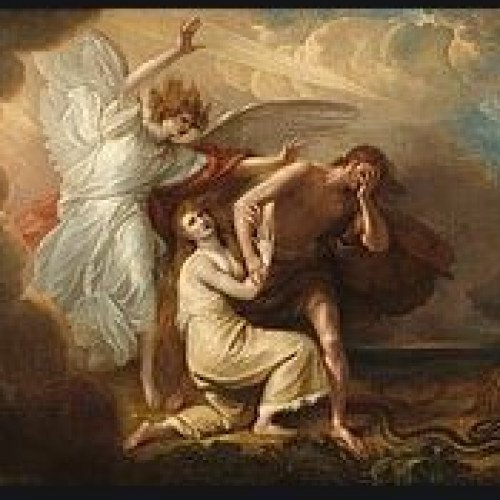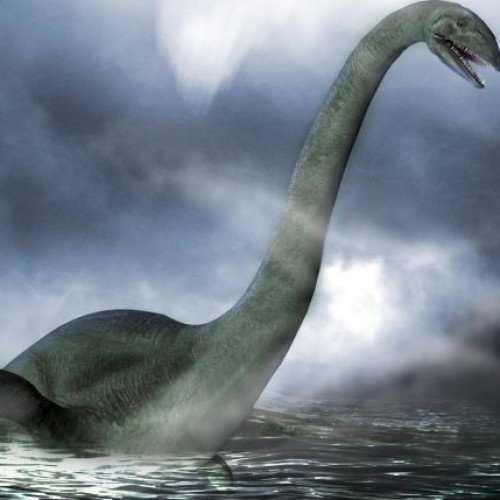Jewish mythology VS Loch Ness Monster

Jewish mythology
Jewish mythology is a major literary element of the body of folklore found in the sacred texts and in traditional narratives that help explain and symbolize Jewish culture and Judaism. Elements of Jewish mythology have had a profound influence on Christian mythology and on Islamic mythology, as well as on world culture in general. Christian mythology directly inherited many of the narratives from the Jewish people, sharing in common the narratives from the Old Testament. Islamic mythology also shares many of the same stories; for instance, a creation-account spaced out over six periods, the legend of Abraham, the stories of Moses and the Israelites, and many more.
Statistics for this Xoptio

Loch Ness Monster
The Loch Ness Monster, or Nessie (Scottish Gaelic: Uilebheist Loch Nis), is a cryptid in cryptozoology and Scottish folklore that is said to inhabit Loch Ness in the Scottish Highlands. It is often described as large, long-necked, and with one or more humps protruding from the water. Popular interest and belief in the creature have varied since it was brought to worldwide attention in 1933. Evidence of its existence is anecdotal, with a number of disputed photographs and sonar readings. The scientific community regards the Loch Ness Monster as a phenomenon without biological basis, explaining sightings as hoaxes, wishful thinking, and the misidentification of mundane objects.